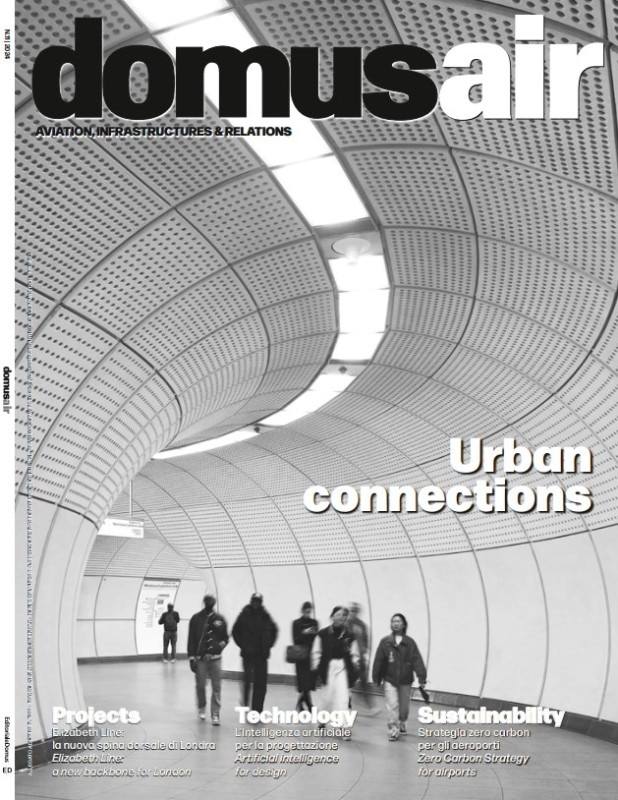Through the diverse insights gathered, this edition of DomusAir delves into the evolving landscape of Artificial Intelligence, confirming scenarios of significant and highly plausible transformations. These changes aim to enhance the quality of life and, more importantly, to achieve a better harmony with the ecosystem that surrounds us, encompassing territories and cities, infrastructure and buildings, and services for citizens.
We do not want to ignore or conceal the serious risks and threats, as well as the numerous, yet to be fully understood, consequences associated with the extensive use of AI. However, there is a concern that if communication and debate, particularly in less informed circles, focuses more on the dangers than the opportunities, we may overlook these benefits or push their potential to the side-lines. We cannot afford this.
We hope that governments and regulators can combine scientific and technological advancements with the best policy expertise, to identify and mitigate areas of risk, while paving the way for the secure application and development of the most advancement AI technologies, equipped with appropriate safeguards.
We would not be flying across continents at speeds exceeding 10,000 km per hour, confined within a metal box with hundreds of others, if the aviation industry hadn’t thoroughly researched and continuously refined the formula for mitigating risks and maximising technological potential. Let us also remove any risk-related alibis for postponing investments in research and the massive application of AI across the public and private sector, and in companies of all sizes.

The experts are telling us the time to act is now. As we move forward from 2023 into 2024, the urgent need to focus and accelerate research and investment in the AI sector becomes increasingly clear, in tandem with the rapid advancement of regulatory frameworks. Leveraging the opportunities offered by AI in urban development and regeneration, especially in infrastructure, presents essential and challenging objectives. These include the need to improve key elements such as mobility, health, water, energy, particularly in densely populated cities, alongside the fight against climate change - an area where, it is worth noting, the top four risks for the next decade fall.
The physical footprint of subways, airports, railways, roads, ports, hydrogeological containment structures, power lines, data centres and much more, will continue to expand and become increasingly problematic with the environment and energy resources. To contain this footprint, the efforts of urban planners, architects, and engineers must integrate with those in digital fields, the world of energy, circular economy, and skills training, as well as economics and finance. This integration aims to leverage AI to harness the availability of data and tools that optimise its use.
Several, inherently simultaneous challenges will characterise the realm of advanced design. The first concerns AI itself and underpins its adoption and integration in the many sectors ready to benefit from it. The development of AI must identify sustainable measures and sources to accommodate its substantial and growing energy demands. If we consider that 10 times the energy used in 2023 will be required for the use of AI by 2026, it is understandable why, alongside the goals of ecological and digital transition, there must also be a concerted effort to curb the energy consumption attributed to AI itself.

